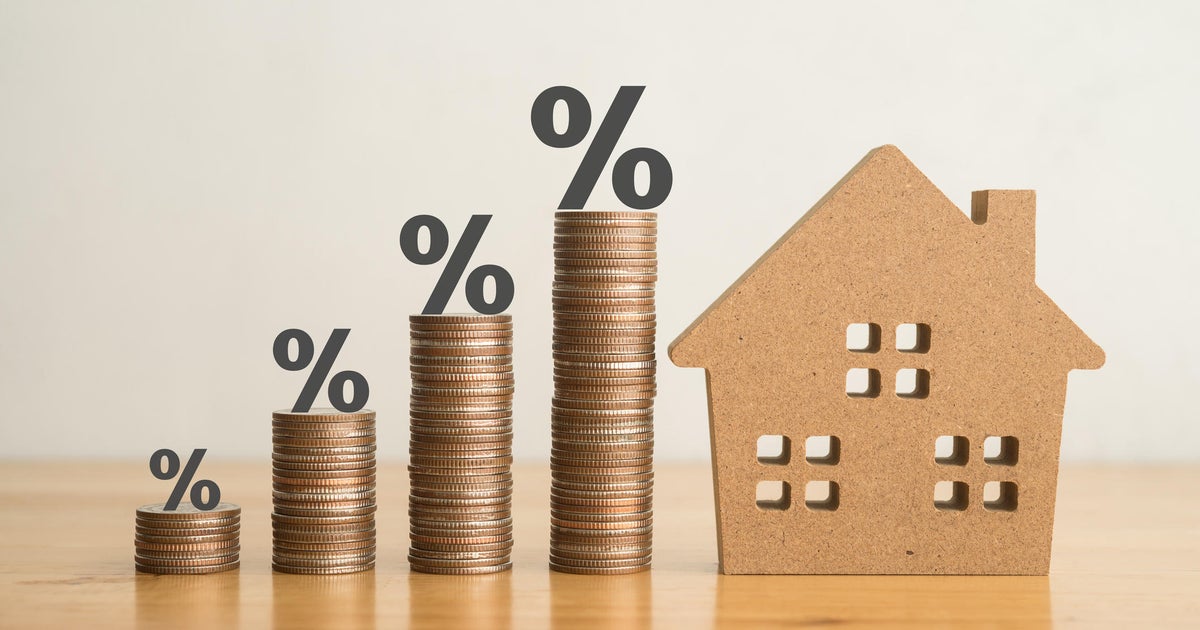High-yield savings accounts vs. regular savings accounts: Which is better?
Savings accounts are great places to stash money for an emergency fund or short-term goals like a wedding or vacation. The two main types of savings accounts are high-yield savings accounts and traditional savings accounts.
Both types are FDIC-insured, which means your deposits are protected up to $250,000 per account per bank. Both allow you to access your money free of charge, compared to a product like a CD, which penalizes you for withdrawing funds before the term ends. Both types of accounts also earn compound interest. Their interest rates vary based on the federal funds rate, so when inflation is rising, your money grows faster.
The biggest difference is that high-yield savings accounts offer — you guessed it — higher yields. The average interest rate for traditional savings accounts is currently 0.33%, while the average rate for high-yield accounts is 3.5% to 4.5% or higher. That's roughly 11 to 14 times more.
With such a stark contrast, you might think choosing a high-yield savings account is a no-brainer. But not necessarily. Find out how to determine which product is best for you below.
If you think you could benefit from a high-yield account then start exploring your options to see how much more you could be earning.
When a high-yield savings account is better
For many people, a high-yield savings account is the better choice. Here are three times when it may be the better option for you:
- When you want a higher interest rate: The difference in interest rates between traditional and high-yield savings accounts can really add up over time. For instance, let's say you have $1,000 in savings. At the current interest rates, you'd earn only $3.30 per year with a regular savings account. By contrast, a high-yield savings account would earn $35.57 to $45.94. The more you have in your account, the bigger the difference will be.
- When you're happy to do all of your banking online: Many of the best high-yield savings accounts are offered by online banks, which often don't have physical branches. If this doesn't bother you, a high-yield savings account is the likely winner.
- When you want to save on fees: Because online banks don't have the overhead of brick-and-mortar locations, they can pass these savings on to customers. As a result, many offer lower fees, such as monthly maintenance and overdraft fees, than traditional banks.
Check out current savings rates here to find the best high-yield savings account for you.
When a regular savings account is better
While they don't earn as much interest, regular savings accounts have their advantages. Here's when they might be your better option:
- When you prefer to do your banking in person: Some people like talking to someone face-to-face when they have a question or need help. If this is important to you, you're better off with a regular savings account.
- When you want easy ATM access: Some online banks offer ATM cards. You'll need to look up which ATMs are in their partner networks, and you may incur fees for using them. While not all traditional savings accounts offer ATM cards, you won't be charged for using an in-network ATM, and in-network ATMs are easier to spot.
- When you often need to deposit cash: If an online bank doesn't participate in an ATM network, you'll have to deposit your cash into a traditional bank account and transfer it to your online account. This can take longer and cost more.
- When you want multiple financial products with the same bank: Many online banks don't offer products like checking accounts, credit cards, auto loans or mortgages. If you like the convenience of doing most of your financial business with one institution, a regular savings account could be better for you.
The bottom line
In many cases, a high-yield savings account is better than a regular one. Earning interest is one of the main benefits of having a savings account, and you'll earn considerably more with a high-yield account. That said, there are circumstances in which a regular savings account could be better for you. As with any financial product, consider your personal needs and compare your options to find the best deal out there.




